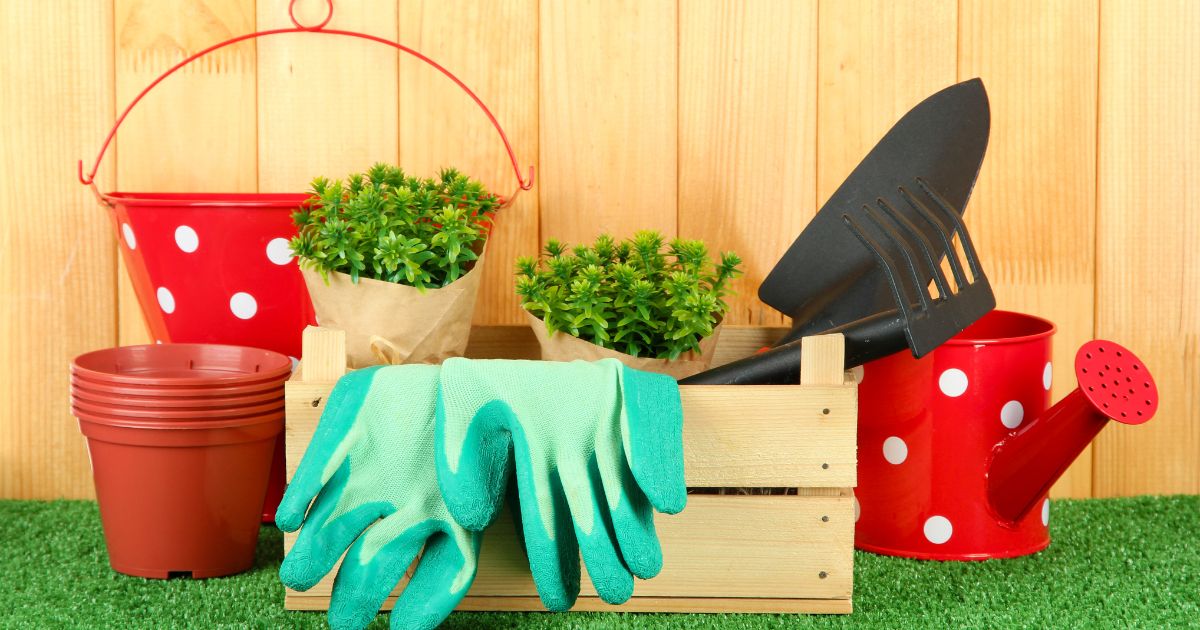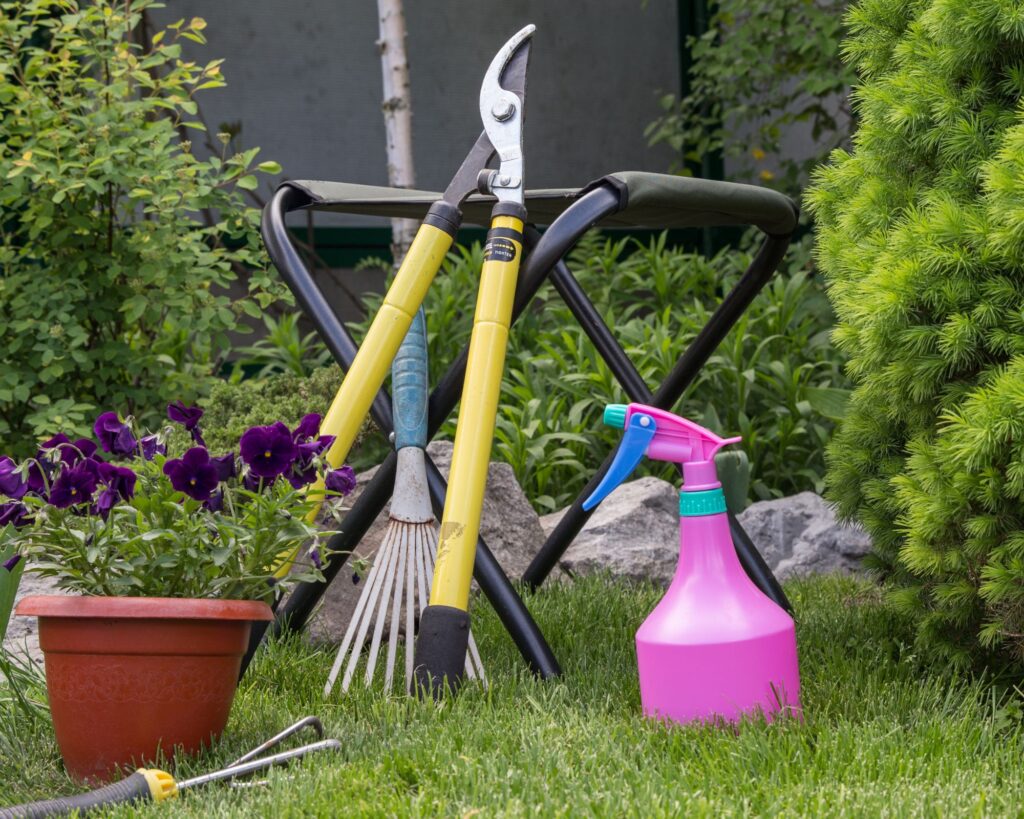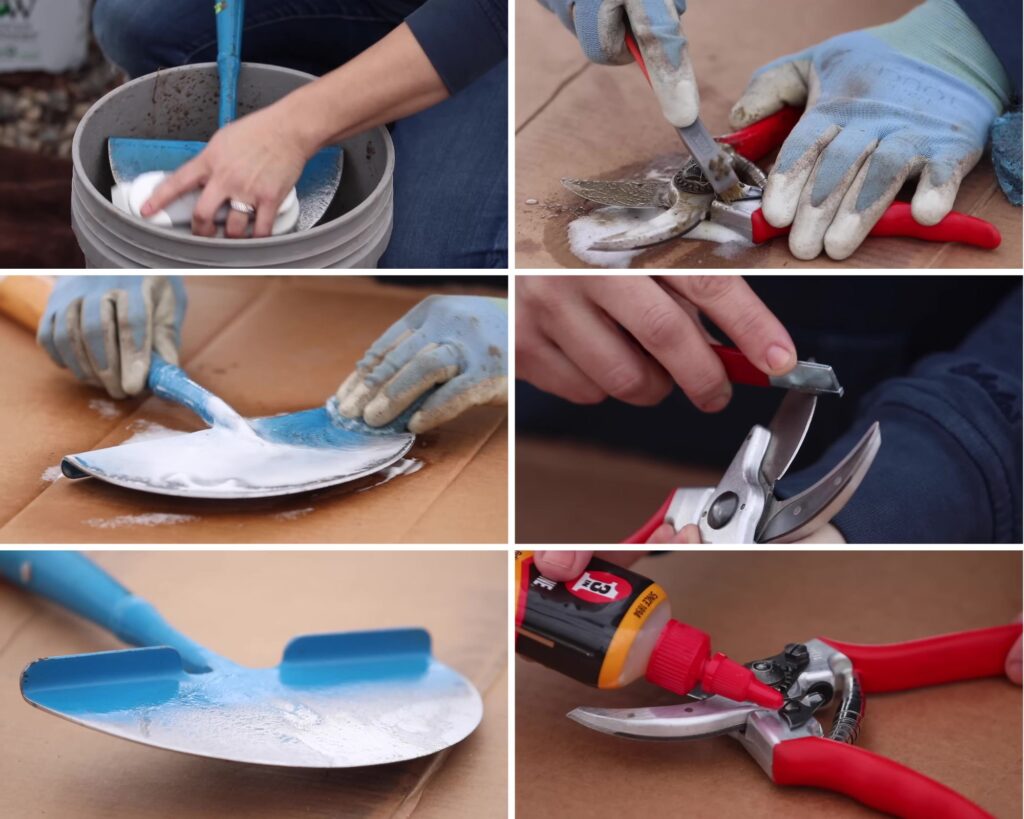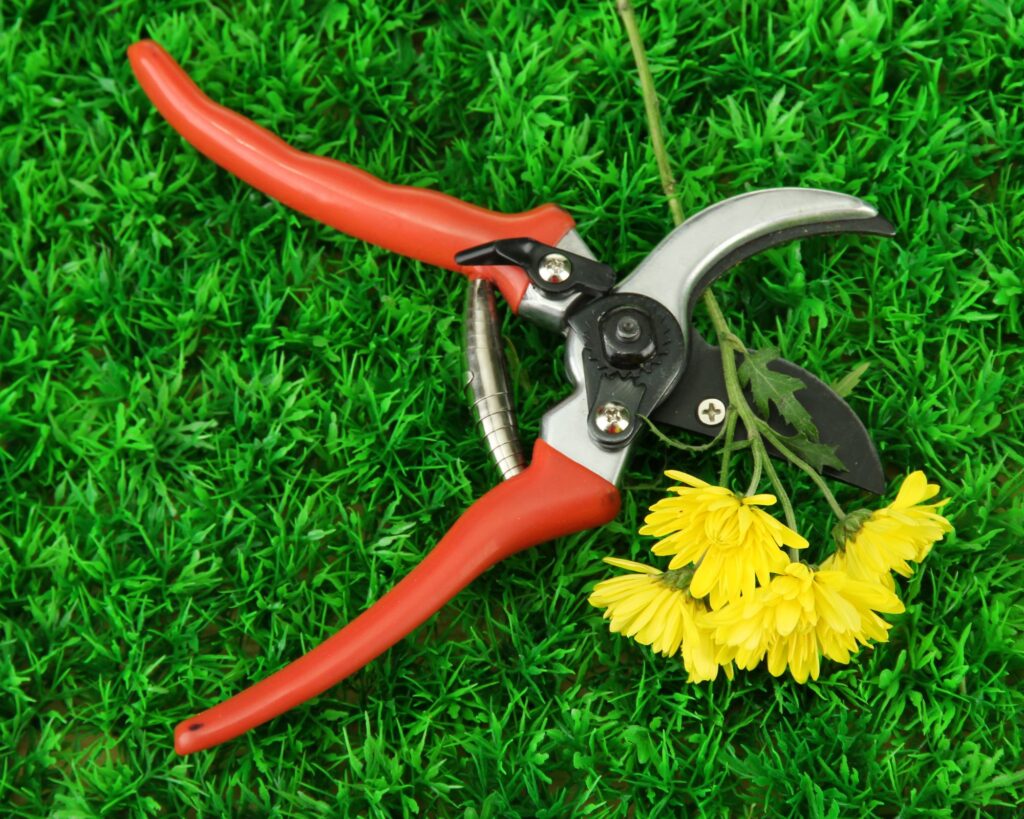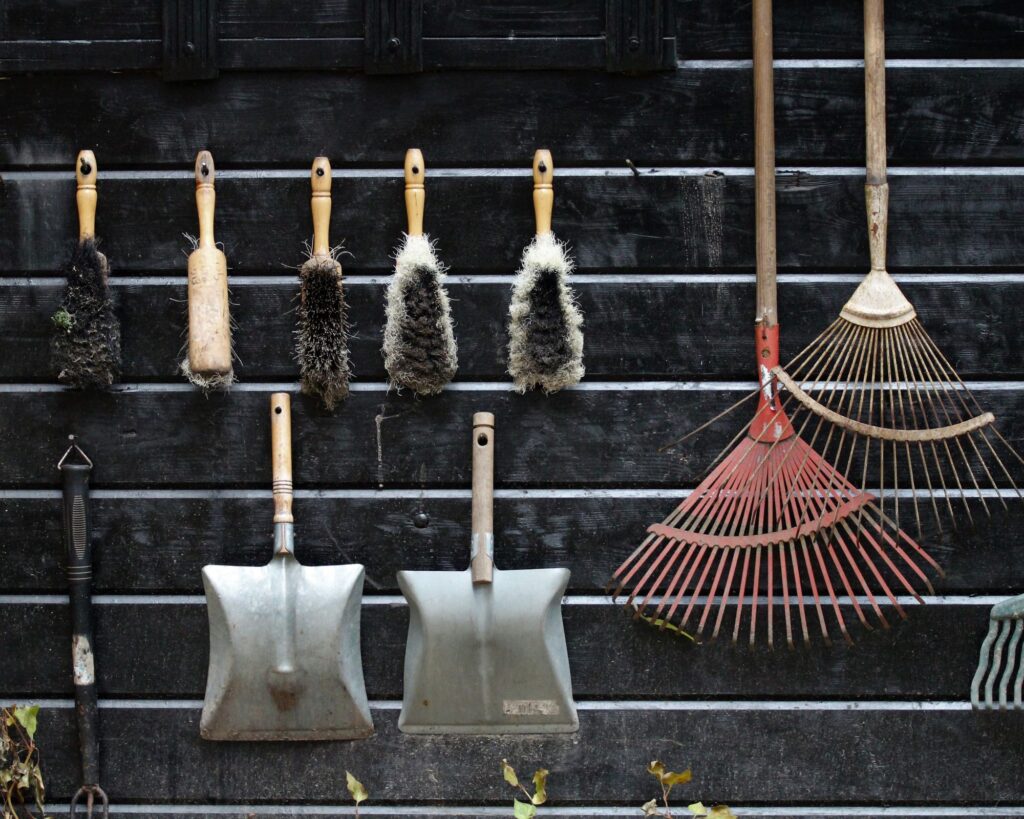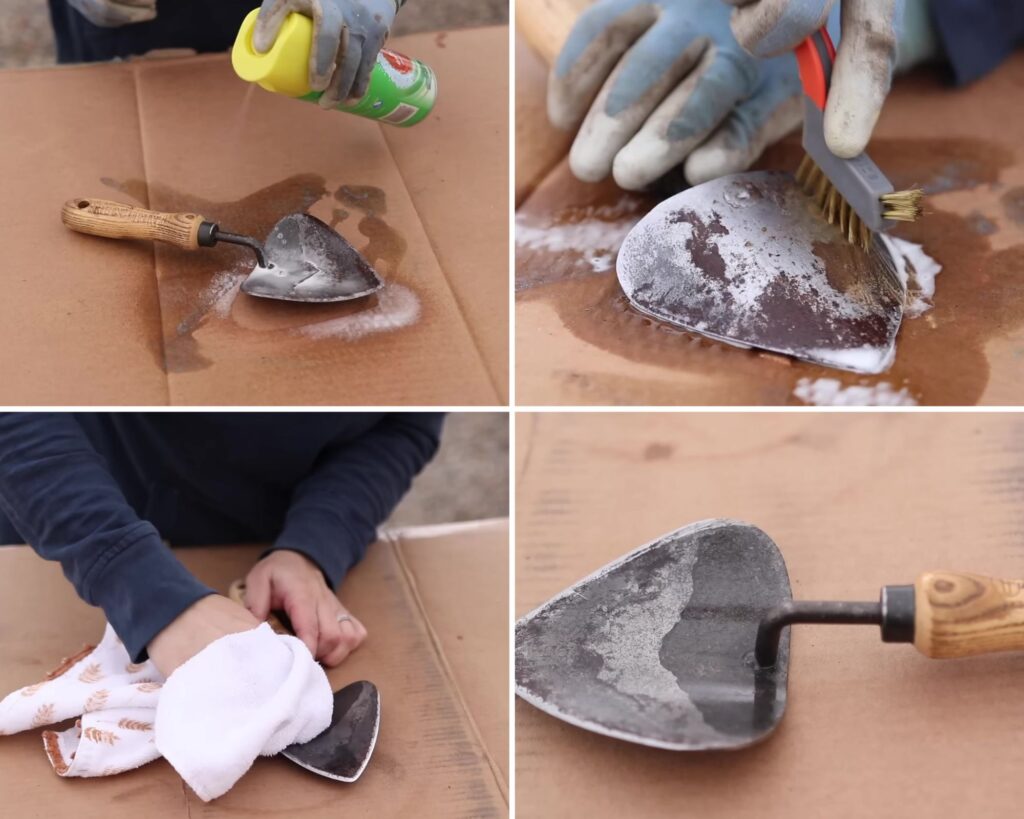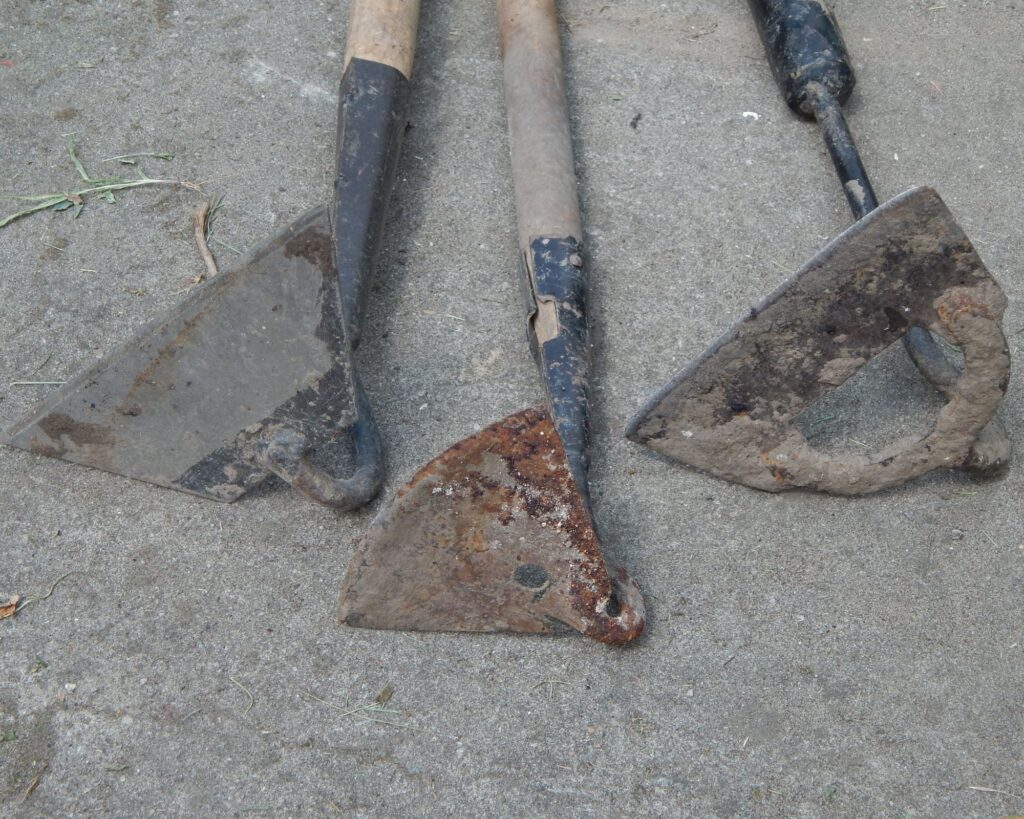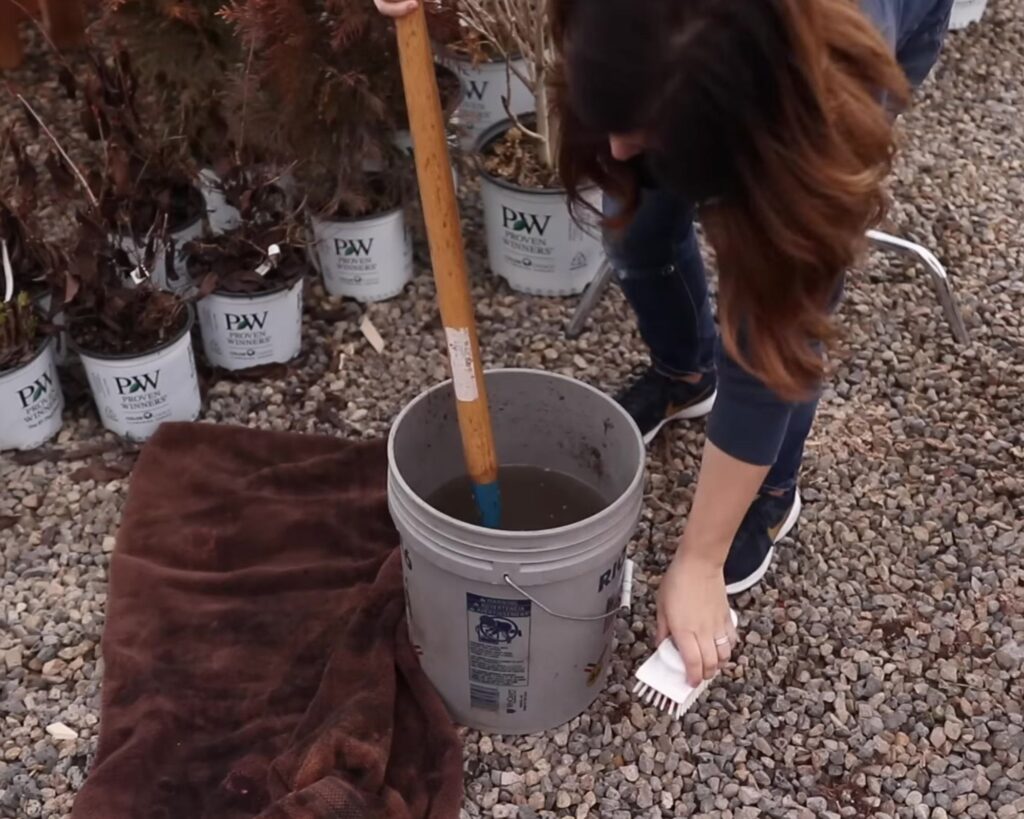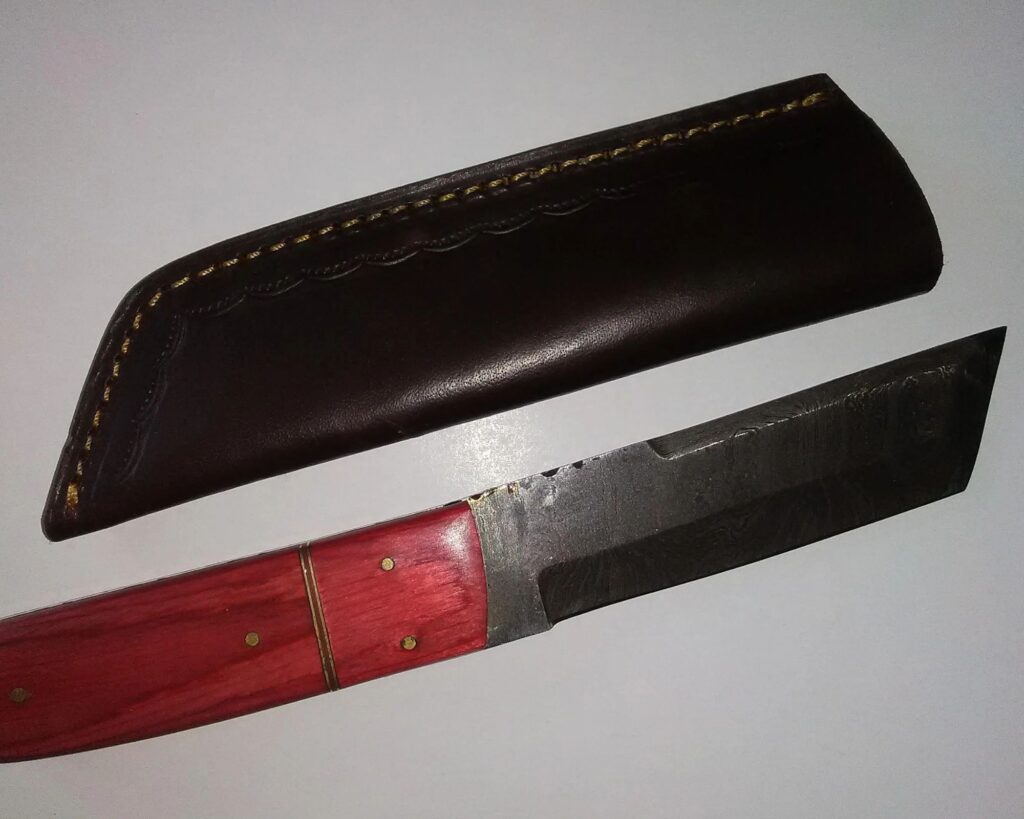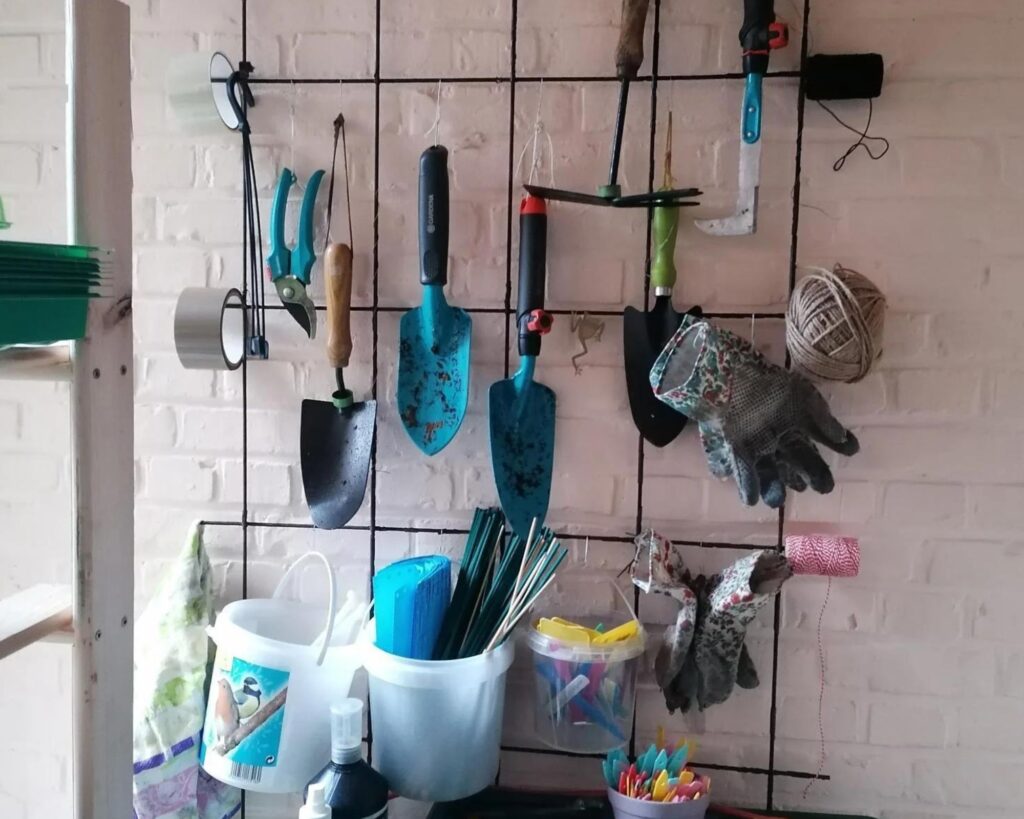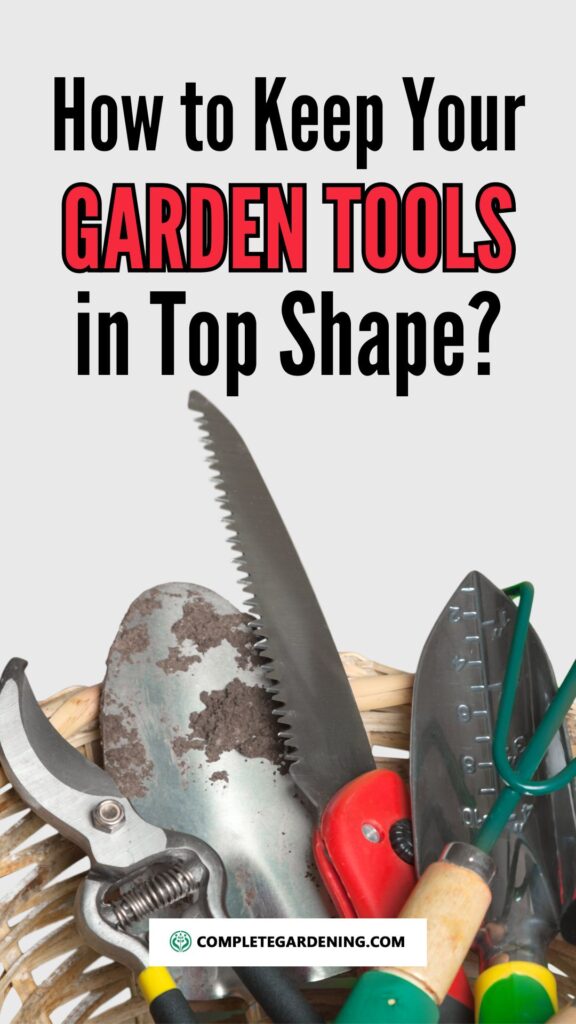Maintaining your garden tools in top shape ensures they last longer, work more efficiently, and save you money in the long run.
Properly cared-for tools can make gardening tasks easier and more enjoyable, allowing you to focus on nurturing your plants rather than dealing with malfunctioning equipment.
Here are 12 ingenious hacks to keep your garden tools in peak condition, so you can enjoy a well-kept garden without the hassle of frequent tool replacements.
These tips will help you preserve the quality and performance of your tools, ensuring they remain reliable companions in your gardening endeavors.
Let’s dive into these practical solutions and elevate your tool maintenance game to a professional level!
1. Clean Tools After Every Use
Regular cleaning is the first step to keeping your garden tools in top shape. After each use, rinse off any soil, sap, or debris.
For stubborn dirt, use a wire brush or putty knife to scrape it off. This prevents rust and keeps your tools ready for the next task.
For tools exposed to sap or resin, wiping them down with turpentine or mineral spirits can prevent sticky build-up.
2. Sharpen Blades Regularly
Sharp blades make gardening tasks easier and more efficient. Dull blades can damage plants and strain your hands.
Use a mill file or sharpening stone to keep blades on pruners, loppers, and hoes sharp. For a finer edge, finish with a whetstone.
Always follow the original bevel of the blade, and be sure to wear gloves and protective eyewear for safety.
3. Oil Moving Parts
Moving parts on tools like shears, pruners, and loppers need regular lubrication to prevent rust and ensure smooth operation.
Use a few drops of machine oil or a spray lubricant on the pivot points. Wipe off any excess oil to avoid attracting dirt.
This simple maintenance step can significantly extend the life of your tools.
4. Sand Wooden Handles
Wooden handles can develop splinters and cracks over time. To keep them smooth and comfortable to use, sand them down periodically with medium-grit sandpaper.
After sanding, wipe the handles clean and apply a coat of linseed oil.
This not only protects the wood from moisture but also keeps it supple and prevents cracking.
5. Store Tools Properly
Proper storage is crucial for prolonging the life of your garden tools.
Store tools in a dry, sheltered location, such as a shed or garage, to prevent rust and weather damage.
Use hooks, pegboards, or tool racks to keep them off the ground and organized.
Hanging tools also prevents the blades from dulling and reduces the risk of injury.
6. Use a Rust Preventive
Rust is a major enemy of garden tools. To prevent it, coat metal surfaces with a light layer of oil, such as mineral oil, after cleaning.
Alternatively, you can use a rust preventive spray designed for garden tools.
For tools already showing signs of rust, use a wire brush or steel wool to remove the rust, then apply a rust inhibitor.
7. Tighten Loose Screws and Bolts
Garden tools with loose screws and bolts can be dangerous and inefficient.
Regularly check and tighten any loose screws, bolts, or nuts on your tools. Use a wrench or screwdriver to ensure everything is secure.
For a more permanent fix, apply a thread-locking compound to prevent screws and bolts from loosening over time.
8. Make a Tool Cleaning Bucket
Create a tool cleaning bucket to make maintenance quick and easy. Fill a bucket with a mixture of sand and mineral oil.
After using your tools, plunge them into the bucket a few times. The sand scrapes off dirt and rust, while the oil coats the metal, preventing rust.
This hack saves time and keeps your tools in great condition with minimal effort.
9. Replace Worn Parts
Sometimes, parts of your garden tools wear out faster than the rest of the tool.
Handles, blades, and springs are common culprits. Instead of replacing the entire tool, look for replacement parts.
Many manufacturers sell replacement parts, which are often easy to install.
This can save you money and keep your favorite tools in use for longer.
10. Create a Maintenance Schedule
Keeping track of when your tools need maintenance can be challenging. Create a maintenance schedule to ensure regular care.
Mark your calendar or set reminders for tasks like sharpening blades, oiling moving parts, and sanding handles.
Regular maintenance not only keeps your tools in top shape but also makes gardening more enjoyable and efficient.
11. Use Tool Protectors
Tool protectors can prevent damage and extend the life of your tools. For instance, blade guards protect sharp edges from dulling and prevent accidental injuries.
You can buy these or make your own using old hoses or leather scraps. Simply cut the hose or leather to the desired length and slide it over the blade.
This hack is particularly useful for tools stored in crowded spaces.
12. Recycle and Repurpose Old Tools
Old tools don’t have to be thrown away.
You can repurpose them into new, useful items for your garden. For example, old hoes can become plant stakes, and broken rakes can be turned into tool hangers.
Get creative and find new uses for your old tools. This not only reduces waste but also saves you money on new gardening supplies.
Maintaining your garden tools in top shape is not only beneficial for your garden but also saves you time and money.
By following these 12 ingenious hacks, you can ensure that your tools are always ready for action and last for many seasons to come.
Remember, a well-maintained tool makes for a happy gardener and a thriving garden.
